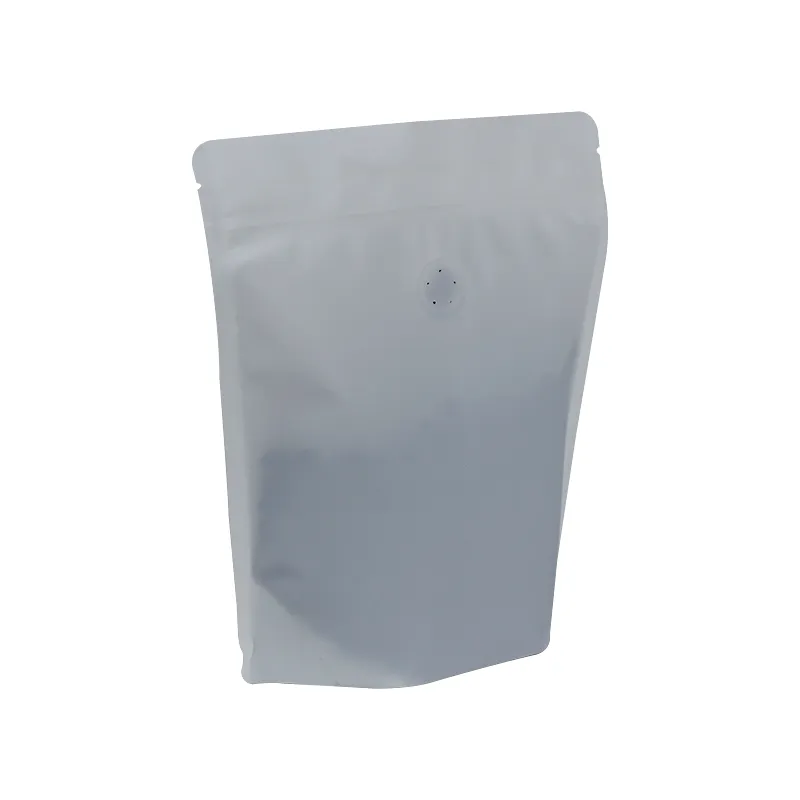- Afrikaans
- Albanian
- Amharic
- Arabic
- Armenian
- Azerbaijani
- Basque
- Belarusian
- Bengali
- Bosnian
- Bulgarian
- Catalan
- Cebuano
- chinese_simplified
- chinese_traditional
- Corsican
- Croatian
- Czech
- Danish
- Dutch
- English
- Esperanto
- Estonian
- Finnish
- French
- Frisian
- Galician
- Georgian
- German
- Greek
- Gujarati
- haitian_creole
- hausa
- hawaiian
- Hebrew
- Hindi
- Miao
- Hungarian
- Icelandic
- igbo
- Indonesian
- irish
- Italian
- Japanese
- Javanese
- Kannada
- kazakh
- Khmer
- Rwandese
- Korean
- Kurdish
- Kyrgyz
- Lao
- Latin
- Latvian
- Lithuanian
- Luxembourgish
- Macedonian
- Malgashi
- Malay
- Malayalam
- Maltese
- Maori
- Marathi
- Mongolian
- Myanmar
- Nepali
- Norwegian
- Norwegian
- Occitan
- Pashto
- Persian
- Polish
- Portuguese
- Punjabi
- Romanian
- Russian
- Samoan
- scottish-gaelic
- Serbian
- Sesotho
- Shona
- Sindhi
- Sinhala
- Slovak
- Slovenian
- Somali
- Spanish
- Sundanese
- Swahili
- Swedish
- Tagalog
- Tajik
- Tamil
- Tatar
- Telugu
- Thai
- Turkish
- Turkmen
- Ukrainian
- Urdu
- Uighur
- Uzbek
- Vietnamese
- Welsh
- Bantu
- Yiddish
- Yoruba
- Zulu
Typical Shipping Box Dimensions for Convenient Packaging Solutions
Common Box Sizes for Shipping A Comprehensive Guide
When it comes to shipping goods, selecting the right box is just as important as the contents within. The correct box size can influence not only the safety of the items being sent but also shipping costs and the overall efficiency of the process. With a myriad of box sizes available, understanding common box sizes for shipping is essential for both individuals and businesses.
Understanding Box Sizes
Shipping boxes come in various dimensions, typically measured in inches (length x width x height). The ideal box size should comfortably fit the items being shipped with minimal excess space. This not only helps in protecting the contents from damage but also reduces shipping costs by minimizing dimensional weight calculations, which many carriers factor into their pricing.
Standard Box Sizes
Here are some commonly used box sizes for shipping
1. Small Box (12” x 9” x 6”) Ideal for shipping smaller items such as books, small electronics, or jewelry. The compact size prevents excessive movement during transit.
2. Medium Box (18” x 14” x 10”) A versatile size suitable for shipping a variety of products including clothing, shoes, and other medium-sized items. It provides a good balance of space and stability.
3. Large Box (24” x 18” x 12”) Useful for larger items such as home goods, toys, or multiple smaller items combined. It’s important to ensure that larger boxes are filled appropriately to avoid the risk of collapsing during shipping.
4. Extra-Large Box (36” x 24” x 18”) This size is perfect for bulky items, such as home appliances or large furniture components. Care should be taken to ensure that these boxes are not excessively heavy, as this can create handling issues.
5. Flat Rate Boxes Offered by shipping companies like the United States Postal Service (USPS), flat rate boxes come in several standardized sizes. Regardless of weight, these boxes have a fixed shipping cost, making them an economical choice for heavier items.
Specialty Boxes
common box sizes for shipping

In addition to standard sizes, there are specialized boxes designed for specific shipping needs
- Mailing Tubes (for artwork and documents) Typically cylindrical, mailing tubes come in various diameters and lengths. They are ideal for shipping posters, blueprints, or rolled documents.
- Stay-Flat Mailers These are ideal for photographs or thin documents that need to remain flat and undamaged during transit. They come in various sizes to accommodate different formats.
- Padded Envelopes For smaller and fragile items, padded envelopes provide cushioning while still being lightweight and easy to ship.
Choosing the Right Size
When selecting an appropriate box size, consider the following factors
1. Item Size and Weight Choose a box that allows for protective padding without leaving excessive space that could cause items to shift.
2. Protection Use cushioning materials such as bubble wrap, packing peanuts, or crumpled paper to safeguard items, especially fragile ones.
3. Cost Efficiency Always check the rates for different box sizes. Sometimes, shipping smaller boxes can be more cost-effective, particularly with flat rate shipping options.
Conclusion
In the world of shipping, selecting the right box size is crucial for a seamless experience. Understanding common box sizes and their appropriate uses can ensure that goods arrive safely and without unnecessary costs. By taking the time to choose the right box, businesses and individuals alike can streamline their shipping processes, leading to satisfied customers and efficient operations. Whether sending a gift, shipping an order, or launching a business, being mindful of box sizes will significantly contribute to packaging success.













